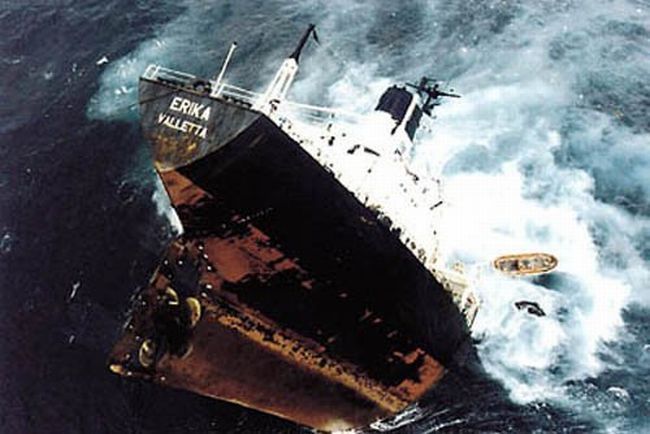|
|
Ship In A Storm
|
• Propulsion systems
Propulsion systems for ships fall into three categories: human propulsion, sailing, and mechanical propulsion. Human propulsion includes rowing, which was used even on large galleys. Propulsion by sail generally consists of a sail hoisted on an erect mast, supported by stays and spars and controlled by ropes. Sail systems were the dominant form of propulsion until the 19th century. They are now generally used for recreation and competition, although experimental sail systems, such as the turbosails, rotorsails, and wingsails have been used on larger modern vessels for fuel savings.
Mechanical propulsion systems generally consist of a motor or engine turning a propeller, or less frequently, an impeller or wave propulsion fins. Steam engines were first used for this purpose, but have mostly been replaced by two-stroke or four-stroke diesel engines, outboard motors, and gas turbine engines on faster ships. Nuclear reactors producing steam are used to propel warships and icebreakers, and there have been attempts to utilize them to power commercial vessels (NS Savannah).
In addition to traditional fixed and controllable pitch propellers there are many specialized variations, such as contra-rotating and nozzle-style propellers. Most vessels have a single propeller, but some large vessels may have up to four propellers supplemented with transverse thrusters for maneuvring at ports. The propeller is connected to the main engine via a propeller shaft and, in case of medium- and high-speed engines, a reduction gearbox. Some modern vessels have a diesel-electric powertrain in which the propeller is turned by an electric motor powered by the ship's generators.
|
|









